论文总字数:27385字
摘 要
本文提出一种基于光电池的投影仪灯泡亮度检测的接口电路设计,详细介绍了其硬件电路设计及其软件设计。
本文采用工业上专用的系统级芯片STM32F103RBT6作为控制核心,以模块化的思想设计了光电池的投影仪灯泡亮度检测接口模块。针对光电池亮度传感器产生信号,设计电流电压转换电路,并将信号放大,滤波,由单片机内置的高精度A/D采样运算。最后,信号由RS-232接口输出,得到校准。
硬件方面,由于STM32F103RBT6片内集成了实现其功能所需要的大部分硬件,硬件电路的设计得到了简化,使光电池检测电路具有体积小、低功耗、低成本的特点。软件方面,按照模块化的思想进行设计,降低了程序复杂度,使程序更加完善,方便调试与维护,实现了非线性校准和零点补偿功能,提高了系统的精度。
实验结果表明:本文的设计方案有效地提高了光电池检测电路的输出精度,在接口方面实现了检测电路的智能化。论文成果在实际生活中有着重要的商业应用价值。
关键词:光电池,STM32F103RBT6,信号放大,数据采集,调试
The design of the projector bulb brightness detection based on photovoltaic cell
Abstract
In this thesis, the scheme of the interface design of the projector bulb brightness detection based on photovoltaic cell is presented, with detailed the hardware circuit and software design.
In this paper, the industry professional system-on-chip STM32F103RBT6 is used as the main control unit, the hardware circuit of the projector bulb brightness detection based on photovoltaic cell is designed by using the idea of modularization. According to the signal produced by photovoltaic cell, design a current voltage conversion circuit, and signal amplification, sampling operation by the MCU A/D. After high-precision sampling operation, the signal is exported by the interface of RS-232 and realizes calibration.
In terms of hardware, the STM32F103RBT6 integrates most of the hardware, which simplifies the hardware design, and makes the photovoltaic cell detection circuit smaller, low power consumption and low-cost. In terms of software, a more comprehensive software is designed in accordance with the modular idea, reduce the complexity of the program, so that the program is more perfect and easy debugging and maintenance .The zero and gain self-calibration, nonlinear correction have been realized.
The experimental results show that this design scheme effectively improves the system accuracy of the photovoltaic cell detection circuit, achieves the intelligent function.The results of this paper have important commercial application value in real life
Key Words: photovoltaic cell, STM32F103RBT6, Signal amplification, Data collection
Debug
目 录
摘要················································································Ⅰ
Abstract·············································································Ⅱ
- 绪论·········································································1
- 引言·········································································1
1.2 光电池的特性·································································1
1.3 光电池的研究现状·····························································3
1.4 光电池的发展趋势·····························································3
1.5 本文的设计目的和主要内容·····················································5
- 设计方案分析·································································6
2.1 系统设计需求分析·····························································6
2.2 光电池检测投影仪灯泡亮度统···················································6
2.3 原始信号分析·································································7
第三章 模块硬件设计·································································8
3.1 主控制电路···································································8
3.1.1 启动配置电路··························································10
3.1.2 复位电路······························································10
3.1.3 时钟电路······························································11
3.2 USB电源电路································································12
3.3 调试接口电路································································13
3.4 光电池亮度传感器电路························································14
3.5 串口输出电路································································14
第四章 模块软件设计································································17
4.1 系统主程序设计······························································17
4.2 微控制器的初始化····························································18
4.2.1 I/O端口初始化·························································18
4.2.2 ADC初始化····························································18
4.2.3 时钟初始化····························································19
4.3 A/D转换器中断服务···························································19
4.4 数据通信····································································20
4.5 数据写入与擦除程序··························································20
4.6 非线性校准和零点补偿功能····················································21
4.7 Modbus通信·································································22
第五章 系统的组装与调试····························································23
5.1 USB电源电路调试·····························································24
5.2 主控制电路和JTAG电路调试···················································24
5.2.1 软件程序烧录··························································24
5.2.2 JTAG程序调试·························································24
5.3 串口输出电路调试····························································24
5.4 光电池采集电路调试··························································25
5.5 整体调试 ···································································25
总结与展望··········································································26
参考文献(References)································································27
致谢················································································28
附录················································································29
第一章 绪 论
- 引言
光电池[1]是利用半导体光伏效应制成的光电转换器件,在光的照射条件下产生电动势,用于光电检测器件和电源,具有光电转换效率高,反应速度快和无污染等特点。
光电池作为一种特殊的半导体二极管,其工作原理为[2]:二极管存在空间电荷,使P区带负电,N区带正电,在PN结中形成一个自N区指向P区的较强内电场。在光照条件下,PN结对光子的吸收将会产生光生载流子,结两边的光生少数载流子受内电场的作用,向相反方向运动:P区的电子穿过PN结进入N区,N区的空穴进入P区,使P端电势升高,N端电势降低,因此在PN结两端形成了光生电动势,这就是PN结的光生伏特效应。光照在PN结两端产生光生电动势,相当于在PN结两端加正向电压,使势垒降低为qVD-qV,产生正向电流IF。在PN结开路情况下,光生电流和正向电流相等时,PN结两端建立起稳定的电势差V0,这就是光电池的开路电压。如将PN结与外电路接通,只要光照不停止,就会有源源不断的电流通过电路,PN结起了电源的作用。
1.2 光电池的特性[3]
剩余内容已隐藏,请支付后下载全文,论文总字数:27385字
相关图片展示:
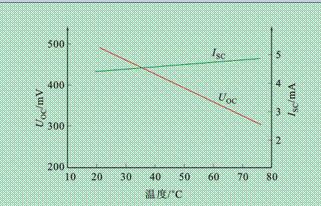
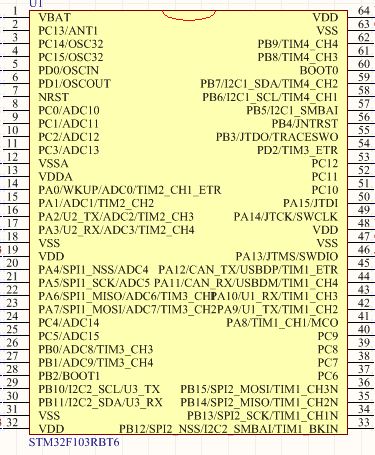
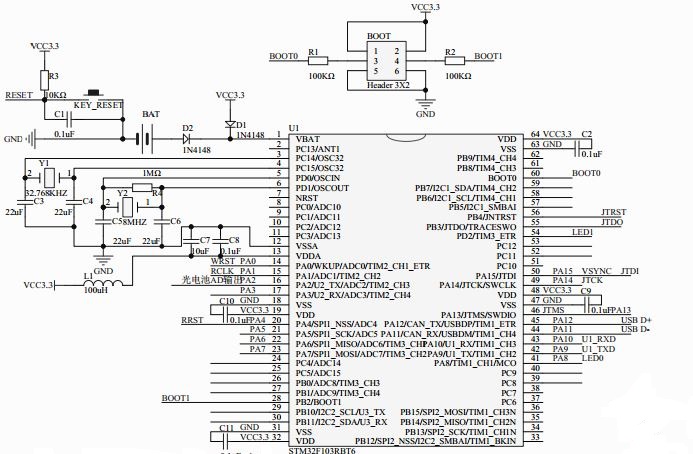
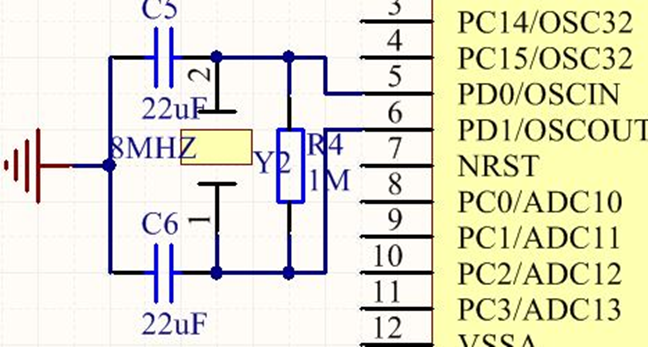
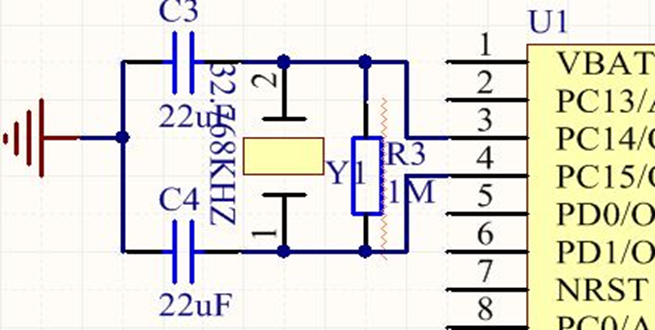
该课题毕业论文、开题报告、外文翻译、程序设计、图纸设计等资料可联系客服协助查找;


